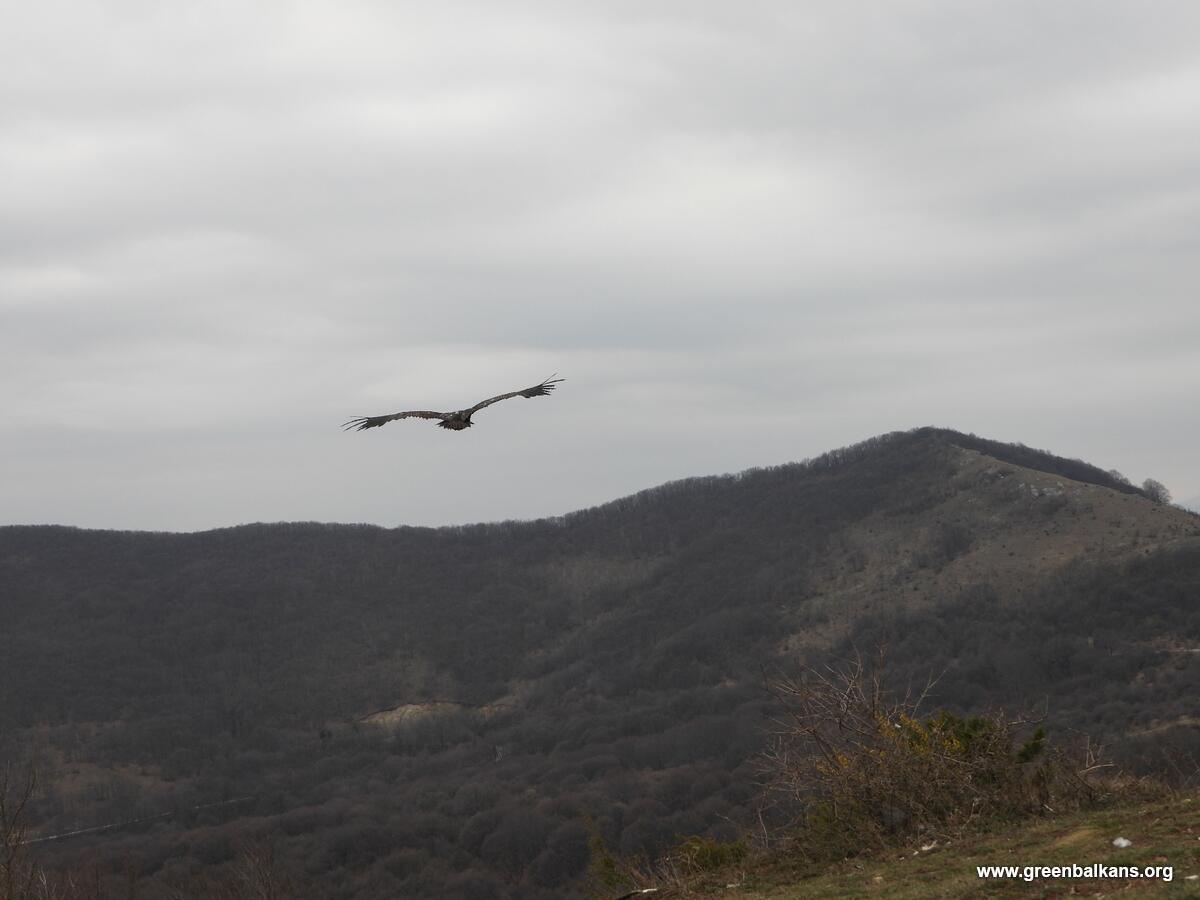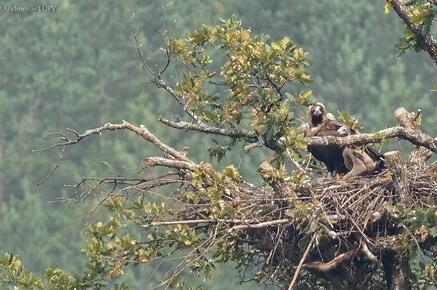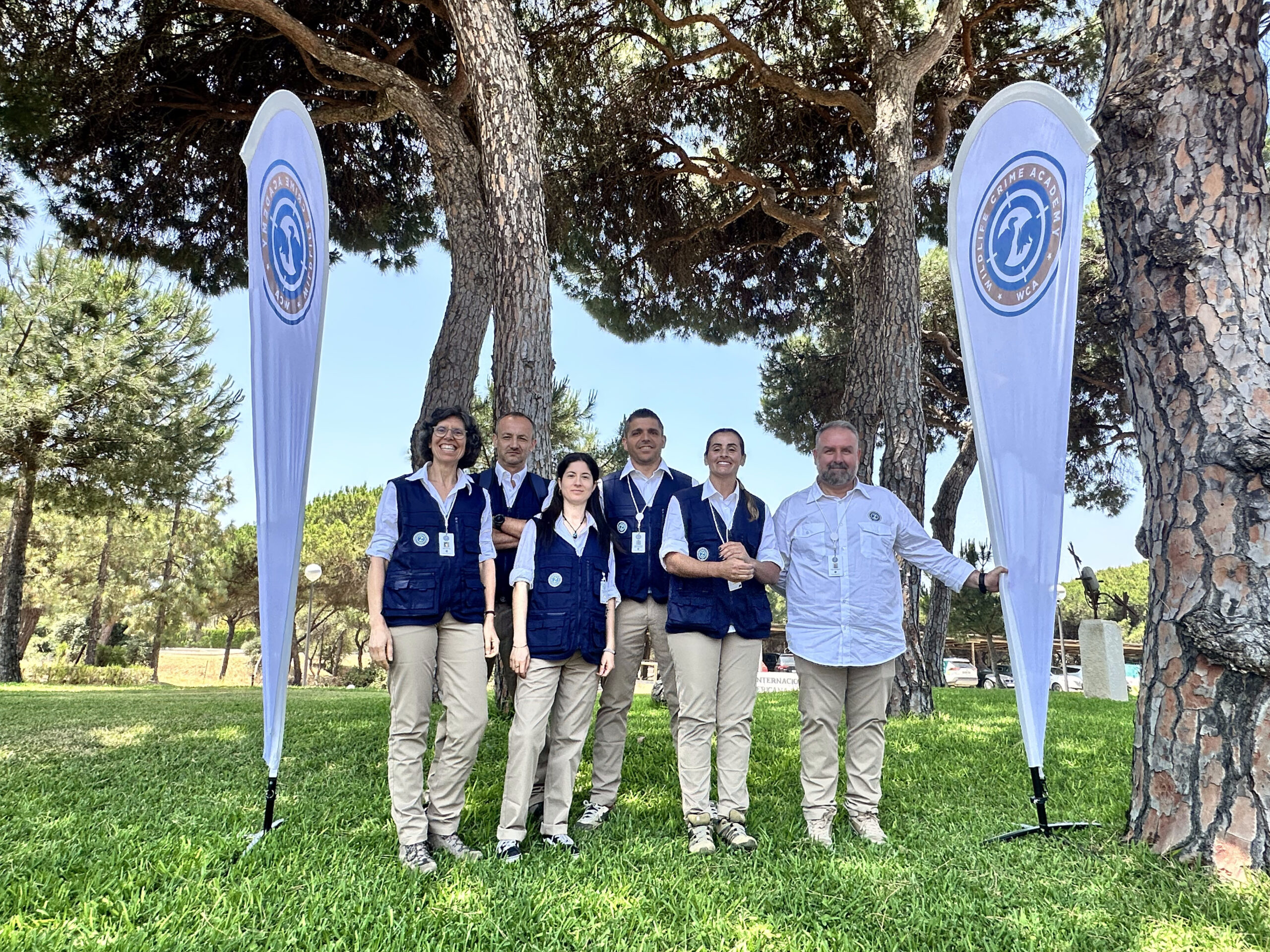Cinereous Vultures (Aegypius monachus) Zimbro and Gerês probably never crossed paths, yet they have a lot in common. After being rehabilitated in wildlife rescue centres, both have regained their freedom in Northeastern Portugal, at the heart of the Douro International Nature Park. Before releasing them, the LIFE Aegypius Return team fitted them with GPS transmitters and has been following their movements.
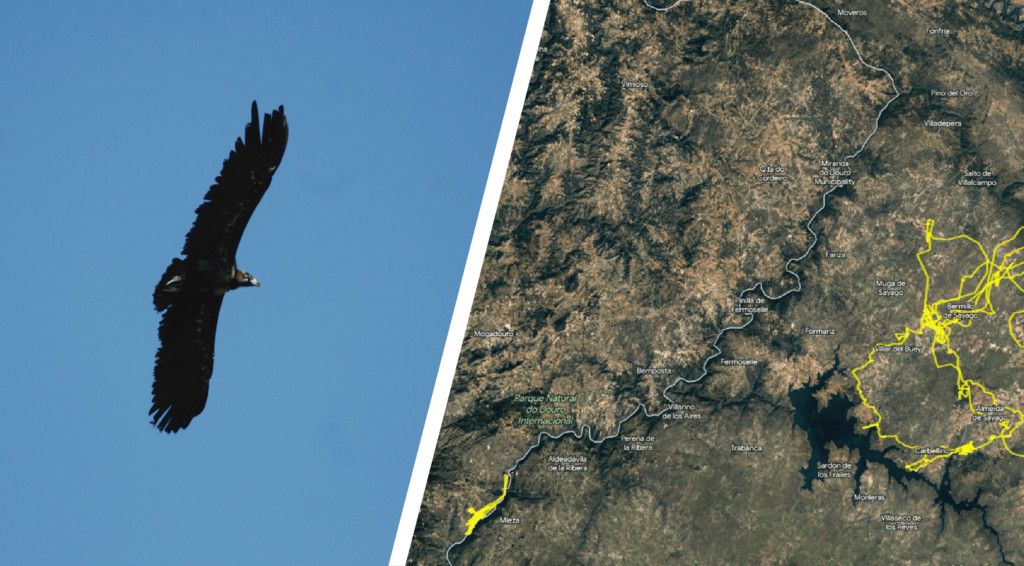
Where are the Cinereous Vultures released in Portugal?
Zimbro hatched in the wild in 2021 in an unknown location. Later that year, he was found weak in central Portugal and entered the Wildlife Rescue Centre in Lisbon (LXCras). It took almost one year of treatment and physiotherapy under the attentive care of the veterinary team for Zimbro to recover fully.
Rehabilitated in December 2022, he was transferred to CIARA to regain his flight practice and needed musculature. Finally, on 21 March 2023, Zimbro was released in Northeastern Portugal and shortly after flew to Spain. He has been wandering in the province of Zamora since then, slowly expanding his range every week.
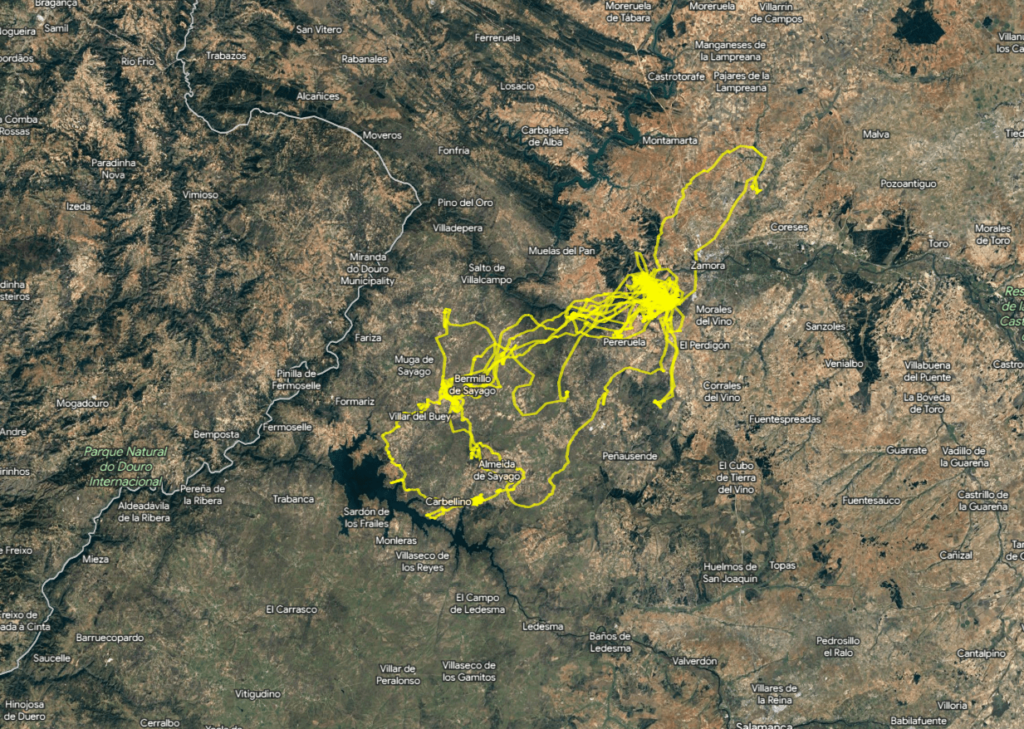
Gerês hatched in 2022 and was unfortunately shot in October. He entered the wildlife rescue centre at the Veterinary Hospital of the University of Trás-os-Montes and Alto Douro (CRAS-HVUTAD) with a broken wing. After orthopaedic surgery and veterinary treatment, he was also transferred to CIARA to restore his flying skills. Gerês was released only two weeks ago, on 10 August, in the same place as Zimbro. Curiously, though, he has been intensively exploring the Nature Park but never dared to cross the Douro River towards the Spanish side! (Watch the videos of Zimbro and Gerês’ releases in the end of this article)
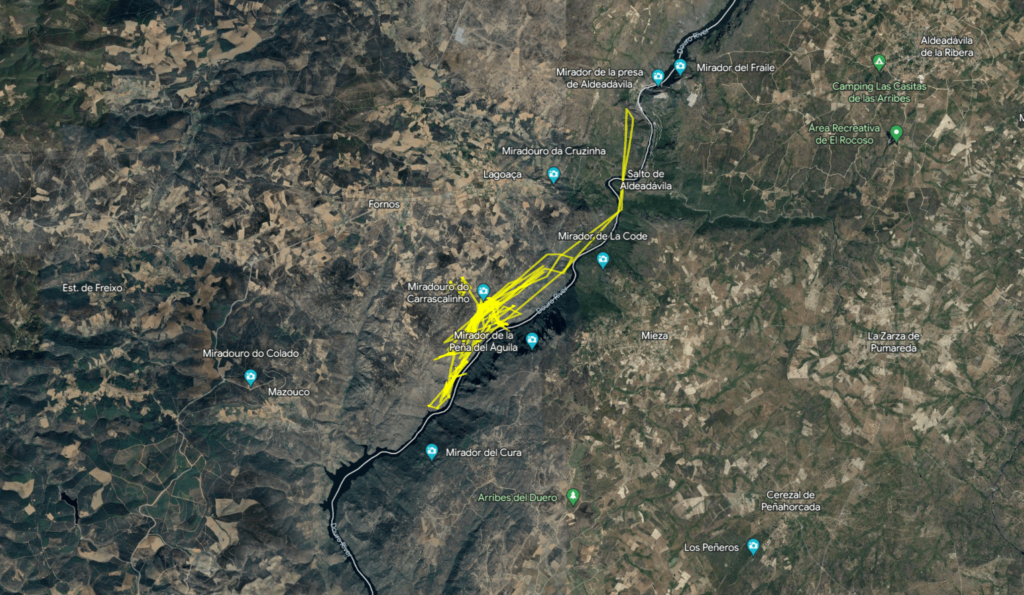
Even though they are both juveniles, only one year apart, Zimbro is much more confident in his flying skills, daring to travel longer distances and showing a different dispersal pattern. Gerês has only regained his freedom recently and might be cautious with new adventures. Will he remain in Portugal? Or will, eventually, follow the steps of Zimbro?


We carefully monitor the Cinereous Vultures tagged within the LIFE Aegypius Return project framework to act fast in case any of them show strange movement patterns or difficulties. This vigilance is essential when the chicks tagged in the nest fledge, as they are vulnerable and susceptible to predator attacks or flight accidents.
Milene Matos, LIFE Aegypius Return Project Coordinator at VCF
Tagging wild-hatched and recovered Cinereous Vultures in Portugal ahead of release
LIFE Aegypius Return project partners have been extensively monitoring the four breeding areas since the start of this season. After confirming the successful reproduction of the known nests and identifying some new ones, the local teams spread across the Portuguese eastern border followed from close the development of this year’s nestlings.
In total, 15 chicks were tagged and analysed in the nest, a complex task that requires several experienced professionals, including climbers, veterinarians and biologists. Some of the chicks tagged this year have already fledged, with timid flights in the vicinity of the nests. Their parents will continue to feed the chicks for the coming two months, until they are completely independent.
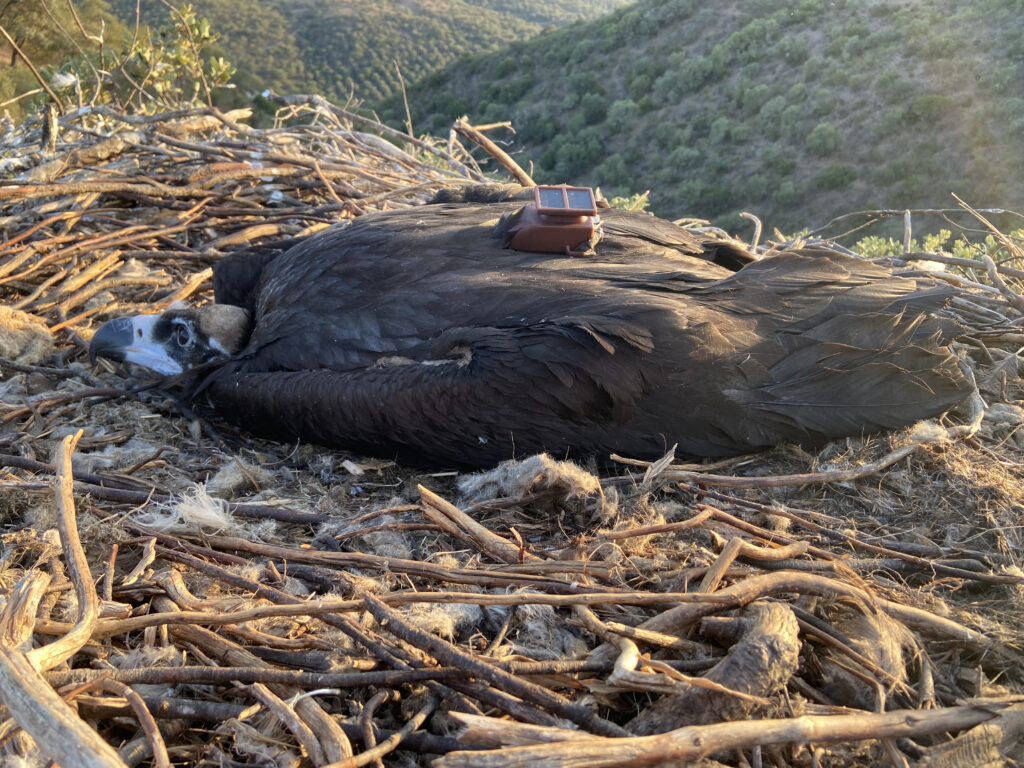
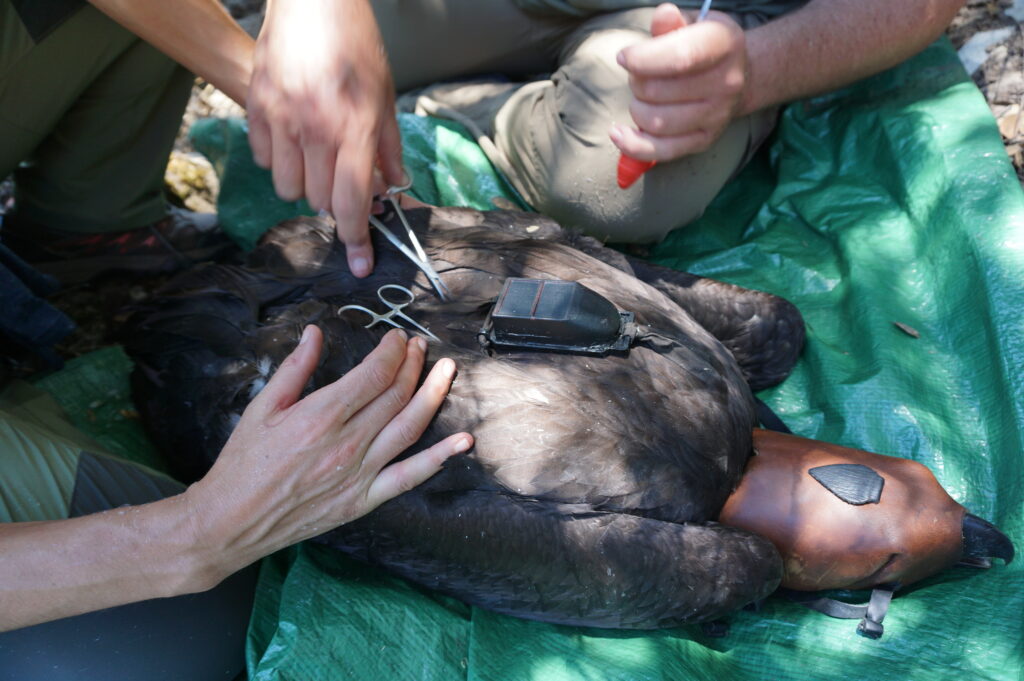
Apart from the wild hatchlings, individuals who enter wildlife rescue centres are also integrated in the project. So far, they have been acclimatised in CIARA, where a large flight tunnel helps them regain their flight musculature. Like Zimbro and Gerês, birds rehabilitated will be released in the Douro International Nature Park, which holds the smallest and most fragile Portuguese colony. Soon, though, a new acclimatisation aviary, exclusively for Cinereous Vultures, will be built close to the place of release, increasing the chances of the juvenile birds returning to the territory once they reach sexual maturity.
Watch the releases of Zimbro and Gerês!
The LIFE Aegypius Return
The ambitious project aims to double the Critically Endangered Cinereous Vulture breeding population in Portugal to 80 pairs in five colonies and, by doing so, downgrade its conservation status to Endangered. Running until 2027, the project seeks to improve nest availability and safety across the border between Portugal and Western Spain. 120 artificial nesting platforms will be installed, and 105 natural and artificial nests will be repaired. Threat mitigation and the increase in food availability are also being addressed by project partners, in close collaboration with key stakeholders and national authorities.
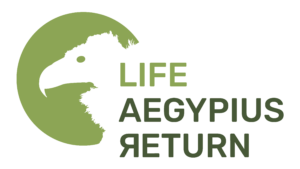
The LIFE Aegypius Return is a 3.7 million euro project, co-financed by the European Union’s LIFE Programme, whose success relies on the involvement of all relevant stakeholders and the extensive collaboration of the leading project partner, the Vulture Conservation Foundation (VCF), with all local partners: Palombar – Conservação da Natureza e do Património Rural, Herdade da Contenda, Sociedade Portuguesa para o Estudo das Aves (SPEA), Liga para a Protecção da Natureza (LPN), Associação Transumância e Natureza (ATN), Fundación Naturaleza y Hombre (FNHY), Guarda Nacional Republicana (GNR) and Associação Nacional de Proprietários Rurais Gestão Cinegética e Biodiversidade (APNC).

